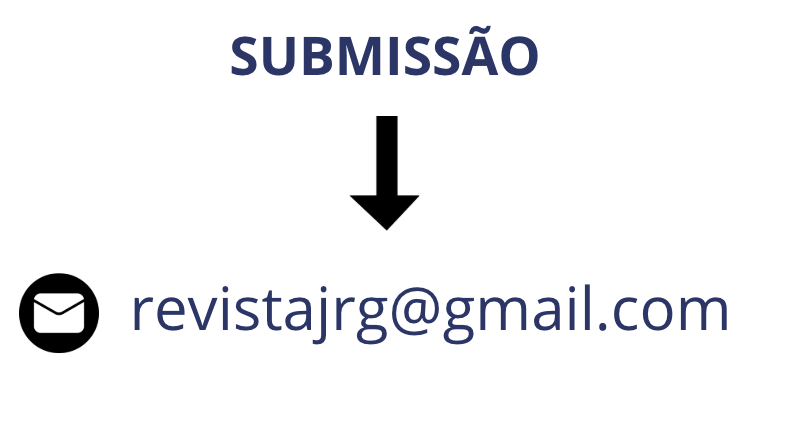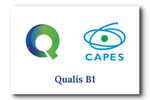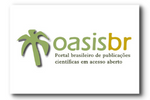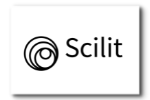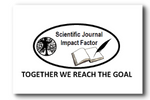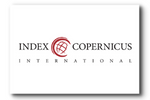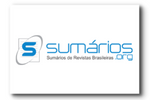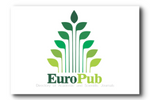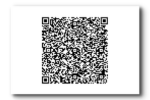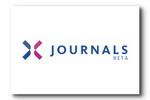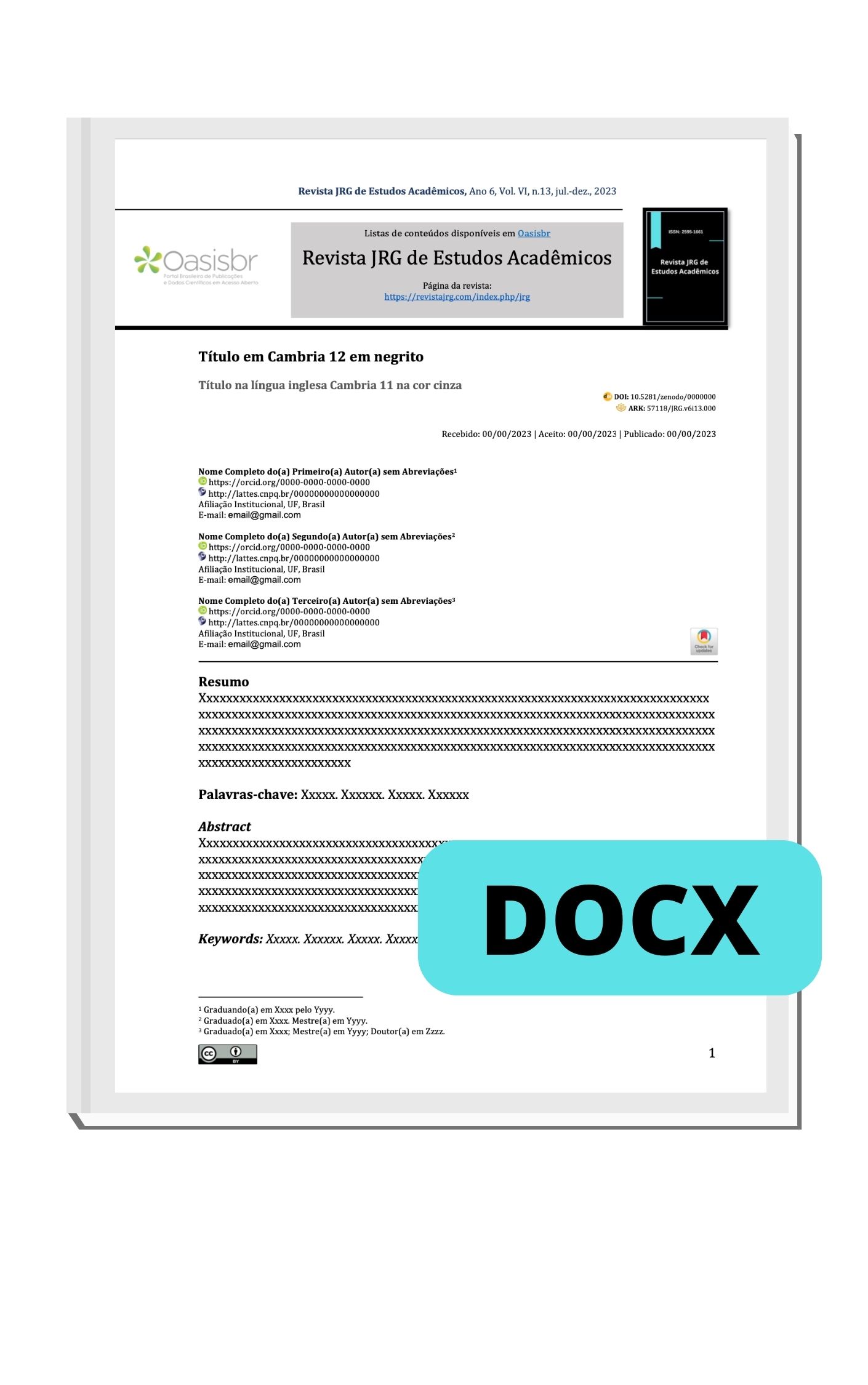ANÁLISE DA EFICÁCIA IMUNOLÓGICA DA UTILIZAÇÃO DA VITAMINA D EM PACIENTES INFECTADOS COM NOVO COROVAVÍRUS (SARS-CoV-2) E TAMBÉM PARA FINS PROFILÁTICOS CONTRA A INFECÇÃO DE COVID-19
DOI:
https://doi.org/10.5281/zenodo.4361677Palavras-chave:
Doenças infecciosas; situação pandêmica; COVID-19; Vitamina D; Síndrome da Dificuldade Respiratória Aguda; Pneumonia; Citocinas; Infecções do Trato Respiratório.Resumo
O novo surto de novo coronavírus (SARS-COV-2) desencadeou uma resposta rápida de médicos e pesquisadores de ciências biológicas em todo o mundo. Os avanços resultantes na pesquisa mostram-se promissores não apenas para lidar com a pandemia atual, mas também para informar futuros diagnósticos de doenças infecciosas. Estamos passando por um momento difícil. COVID-19 ou SARS CoV-2 (Síndrome Respiratória Aguda Grave Coronavírus 2) causa pandemia em todo o mundo. Além da quarentena, algumas medidas de saúde precisam ser desesperadamente tomadas também. A mortalidade por COVID-19 é mais alta em alguns países do que em outros. Muitos fatores estão desempenhando um papel essencial nessa disparidade, incluindo idosos na população, saúde geral, qualidade e acessibilidade aos cuidados de saúde, status socioeconômico e, mais importante, status de vitamina D na população. Neste artigo, daremos informações sobre os papeis da vitamina D na redução da infecção do trato respiratório, conhecimento sobre a influenza e a epidemiologia do COVID-19 e como a vitamina D pode reduzir o risco. A vitamina D pode reduzir o risco por meio de vários mecanismos, como a indução de catelicidinas e defisinas, que podem diminuir a taxa de replicação viral, reduzindo a concentração de citocinas pró-inflamatórias que podem lesar o revestimento dos pulmões, levando à pneumonia e aumentando a concentração de citocinas anti-inflamatórias. A vitamina D pode reduzir o risco de surto de COVID-19 no inverno, quando a concentração de 25 hidroxi vitamina D ou 25 (OH) D será mais baixa. A deficiência de vitamina D pode causar síndrome do desconforto respiratório agudo e aumentar a taxa de letalidade em idosos quando a concentração de 25 (OH) D é menor. Portanto, é necessário tomar 10.000 UI / d de vitamina D3 para aumentar a 25 (OH) D por algumas semanas, seguido de 5.000 UI / d. A concentração de 25 (OH) D no corpo deve ser superior a 40-60 ng / ml (100-150 nmol / L) para diminuir o risco de COVID-19.
Downloads
Referências
https://jamanetwork.com/journals/jama/fullarticle/2764727
PharmD; Marguerite L. Monogue, PharmD ; Tomasz Z. Jodlowski, PharmD ; e outros
https://www.sciencedirect.com/science/article/pii/S0924857920300996
Philippe Gautret, Jean-Christophe Lagier, Philippe Parola, Van Thuan Hoang
https://www.jkms.org/DOIx.php?id=10.3346/jkms.2020.35.e79
Jaegyun Lim , Seunghyun Jeon, Hyun-Young Shin, Moon Jung Kim, Yu Min Seong, Wang JunLee, Kang-Won Choe, Yu Min Kang , BaeckseungLee, e Sang-Joon Park
https://www.nejm.org/doi/full/10.1056 /NEJMoa2001282
Bin Cao, MD, Yeming Wang, MD, Danning Wen, MD, Wen Liu, MS, Jingli Wang, MD, Guohui Fan, MS, Lianguo Ruan, MD, Bin Song, MD, YanpingCai, MD, Ming Wei, MD, Xingwang Li, MD, JiaanXia, MD, et al.
Manli Wang , Ruiyuan Cao , Leike Zhang , XinglouYang , Jia Liu , Mingyue Xu , Zhengli Shi , ZhihongHu , Wu Zhong, Gengfu Xiao
https://jamanetwork.com/journals/jama/fullarticle/2763983?resultClick=1
Shen C, Wang Z, Zhao F e outros.
https://www.nature.com/articles/s41577-020-0308-3
Xuetao Cao
https://chemrxiv.org/articles/COVID-19_Disease_ORF8_and_Surface_Glycoprotein_Inhibit_Heme_Metabolism_by_Binding_to_Porphyrin/11938173 Wenzhong Liu, Hualan Li
https://jcbr.journals.ekb.eg/article_80246_10126.html
Mahmoud E. Saad e Rokaya A. Elsalamony
https://www.medrxiv.org/content/10.1101/2020.03.24.20042937v1
Aaron Miller, Mac Josh Reandelar, KimberlyFasciglione, Violeta Roumenova, Yan Li, andGonzalo H. Otazu
htwww.science.sciencemag.org/content/early/2020/04/02/science.abb7269.full (Meng Yuan, Nicholas C. Wu, Xueyong Zhu, Chang-Chun D. Lee , Ray TY Então, Huibin Lv, Chris KP Mok, Ian A. Wilson )
Machado P, Caris A, Santos S, et al. Moderate exercise increases endotoxin concentration in hypoxia but not in normoxia: A controlled clinical trial. Medicine (Baltimore). 2017;96(4):e5504. doi:10.1097/MD.0000000000005504
- Peake J, Nosaka K, Suzuki K. Characterization of inflammatory responses to eccentric exercise in humans. Exerc Immunol Rev. 2005;11:64-85.
- Jee YS. Exercise is an antigen for vaccination: first series of scientific evidence. J Exerc Rehabil. 2019;15:339-340.
- Ho CS, López JA, Vuckovic S, Pyke CM, Hockey RL, Hart DN. Surgical and physical stress increases circulating blood dendritic cell counts independently of monocyte counts. Blood. 2001;98:140-145.
- Campbell JP, Riddell NE, Burns VE, Turner M, van Zanten JJ, Drayson MT, Bosch JA. Acute exercise mobilises CD8+ T lymphocytes exhibiting an effector-memory phenotype. Brain Behav Immun. 2009;23:767-775.
- Jee YS. How much exercise do we need to improve our immune system? Second series of scientific evidence. Journal of Exercise Rehabilitation 2020; 16(2): 113-114.
- Leandro CG, Silva WT, Silva AE. Covid-19 and Exercise-Induced Immunomodulation. Neuroimmunomodulation 2020;27:75-77.
- Pedersen BK, Steensberg A, Schjerling P. Muscle-derived interleukin-6: possible biological ef- fects. J. Physiol.(London). 2001;536: 329-337.
- Lira, FS. Introdução ao imunometabolismo, aplicado ao exercício físico e à nutrição. WEIGHT SCIENCE, 2015 135.
- Guyton & Hall - Tratado de Fisiologia Médica 13ª Ed. 2017. Guanabara Koogan.
- Powers, Scott K. and Howley, Edward T. Fisiologia do exercício - teoria e aplicação ao condicionamento e ao desempenho. Manole. 9ª edição. - Forte, W. Imunologia do básico ao aplicado. Atheneu. 3ª edição.
- Nieman DC. The effect of exercise on immune function. Bull Rheum Dis. 1994;43(8):5-8. - Ye Q, Wang B, Mao J. The pathogenesis and treatment of the `Cytokine Storm' in COVID-19. J Infect. 2020 Jun;80(6):607-613.
Wu C-C, Chang J-H, Chen C-C, et al. Calcitriol treatment attenuates inflammation and oxidative stress in hemodialysis patients with secondary hyperparathyroidism. Tohoku J Exp Med 2011;223:153–9. doi:10.1620/tjem.223.153
Panichi V, De Pietro S, Andreini B, et al. Calcitriol modulates in vivo and in vitro cytokine production: A role for intracellular calcium. Kidney Int1998;54:1463–9.
doi:10.1046/j.1523-1755.1998.0
NHANES 2009-2010 Laboratory Data. https://wwwn.cdc.gov/nchs/nhanes/search/datapage.aspx?Component=Laboratory& CycleBeginYear=2009 (acessado em: 02 nov. 2020).
Stagi S, Rigante D, Lepri G, et al. Severe vitamin D deficiency in patients with Kawasaki disease: a potential role in the risk to develop heart vascular abnormalities? Clin Rheumatol 2016;35:1865–72. doi:10.1007/s10067-015-2970-6.
Lee DW, Gardner R, Porter DL, et al. Current concepts in the diagnosis and management of cytokine release syndrome. Blood 2014;124:188–95. doi:10.1182/blood-2014-05-552729.
Effect of Calcifediol Treatment and best Available Therapy versus best Available Therapy on Intensive Care Unit Admission and Mortality Among Patients Hospitalized for COVID-19: A Pilot Randomized Clinical study.
Barger-Lux MJ, Heaney R P, Dowell S, Chen T C, Holick MF. Vitamin D and its major metabolites: Serum levels after graded oral dosing in healthy men. Osteoporos 1998; 8: 222–230.
Lindh JD, Björkhem-Bergman L, Eliasson E. Vitamin D and drug-metabolising enzymes. Photochem Photobiol 2012; 11(12): 1797-801.
Antico A, Tampoia M, Tozzoli R and Bizzaro N. Can supplementation with vitamin D reduce the risk or modify the course of autoimmune diseases? A systematic review of the literature. Autoimmun Rev. 2012; 12: 127–136.
Kassi E, Adamapoulos C, Basdra EK and Papavassiliou AG. Role of Vitamin D in Atherosclerosis. Circulation 2013; 128: 2517-2531.
Downloads
Publicado
Como Citar
Edição
Seção
Licença

Este trabalho está licenciado sob uma licença Creative Commons Attribution 4.0 International License.



